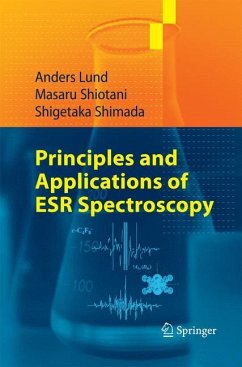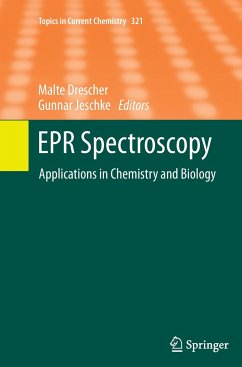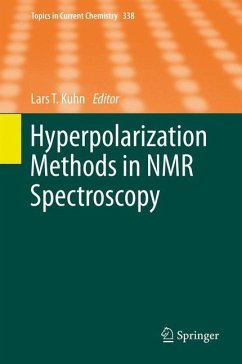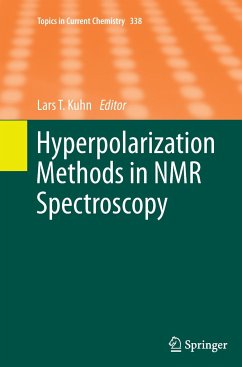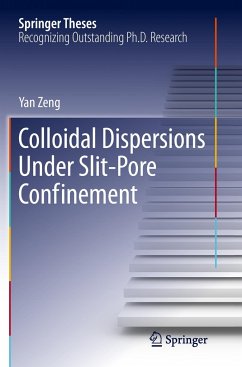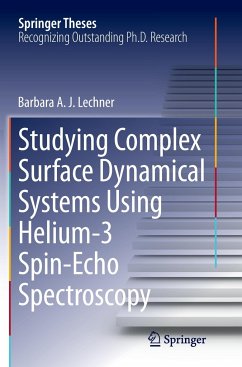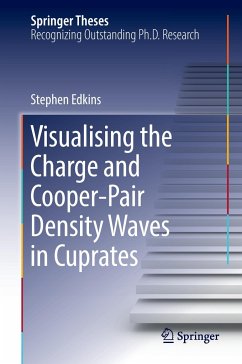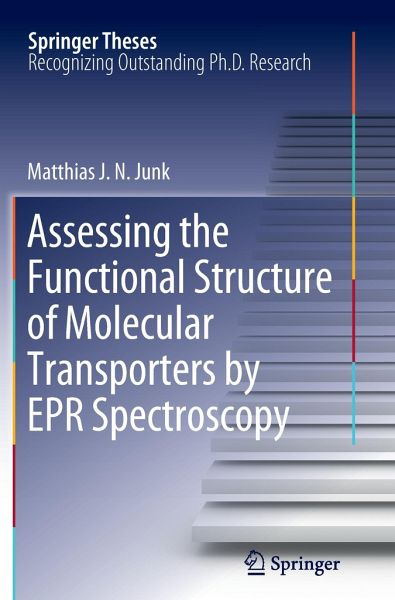
Assessing the Functional Structure of Molecular Transporters by EPR Spectroscopy
Versandkostenfrei!
Versandfertig in 6-10 Tagen
76,99 €
inkl. MwSt.

PAYBACK Punkte
38 °P sammeln!
In his thesis, Matthias Junk takes an innovative approach to assess the local structure and dynamics of biological and synthetic amphiphilic macromolecules capable of transporting small molecules. Replacing the latter with stable radicals, he uses state-of-the-art electron paramagnetic resonance (EPR) spectroscopy to describe the highly relevant transport function from the viewpoint of the guest molecules. Such, he demonstrates that the functional structure of human serum albumin in solution significantly differs from its crystal structure - a consequence of the protein's adaptability to host ...
In his thesis, Matthias Junk takes an innovative approach to assess the local structure and dynamics of biological and synthetic amphiphilic macromolecules capable of transporting small molecules. Replacing the latter with stable radicals, he uses state-of-the-art electron paramagnetic resonance (EPR) spectroscopy to describe the highly relevant transport function from the viewpoint of the guest molecules. Such, he demonstrates that the functional structure of human serum albumin in solution significantly differs from its crystal structure - a consequence of the protein's adaptability to host various endogenous compounds and drug molecules. Further, he shows that the thermal collapse of thermoresponsive hydrogels and dendronized polymers leads to static and dynamic heterogeneities on the nanoscale. These heterogeneities bear consequences for the material's hosting properties and enable unforeseen complex catalytic functionalities.



